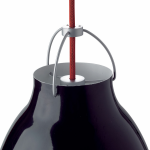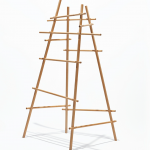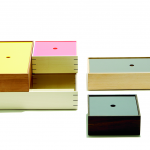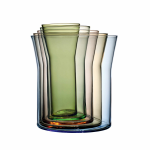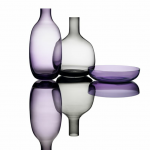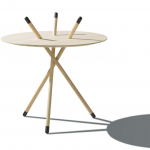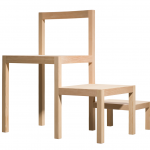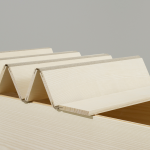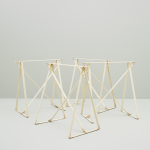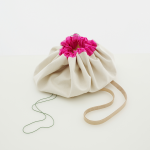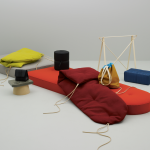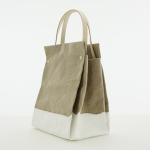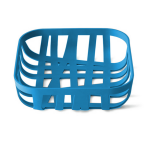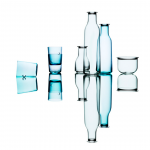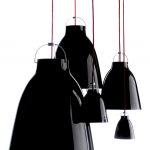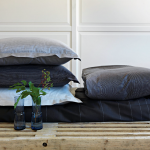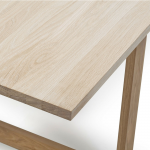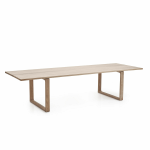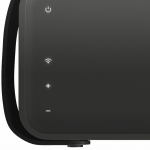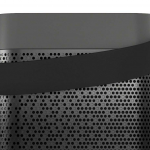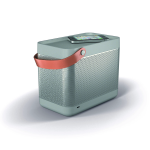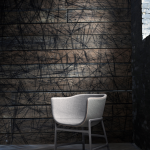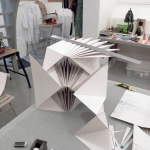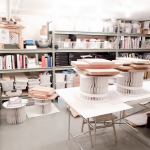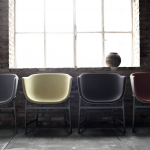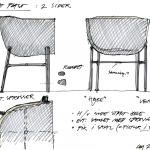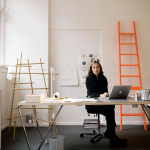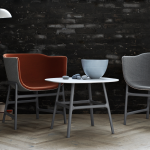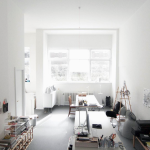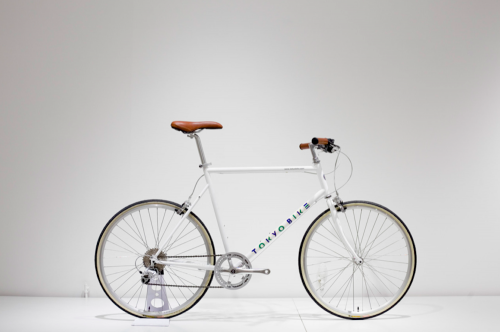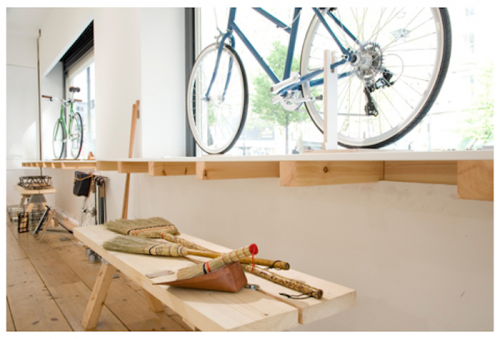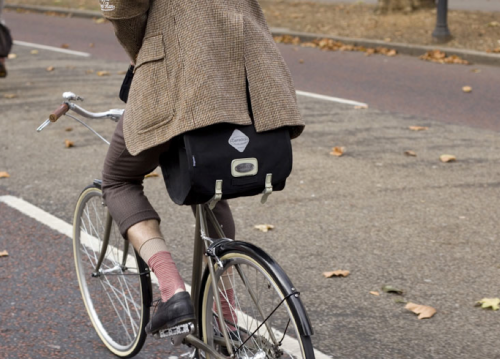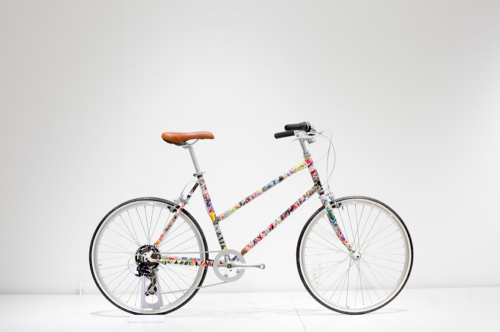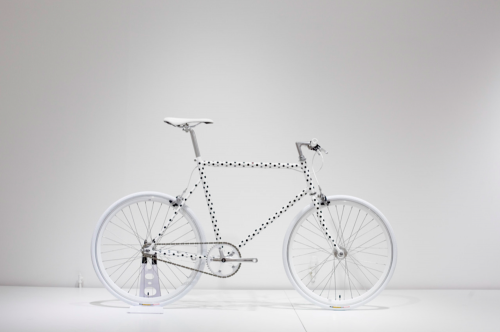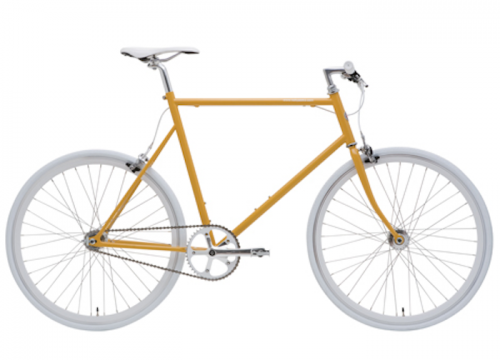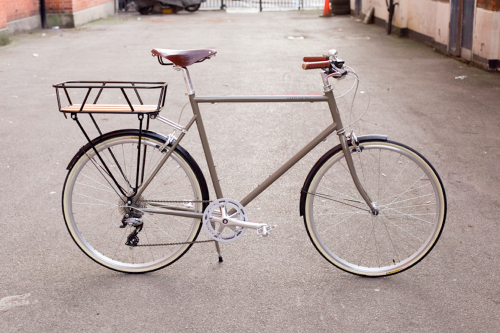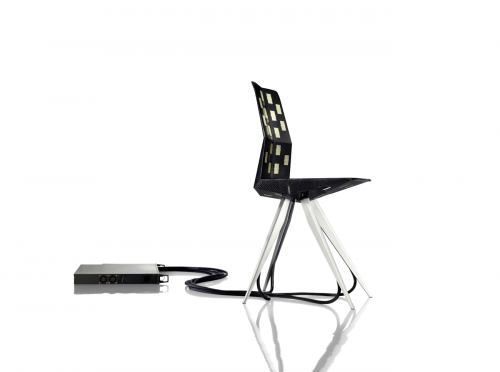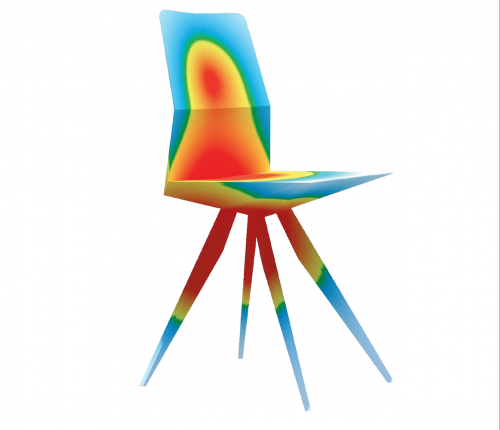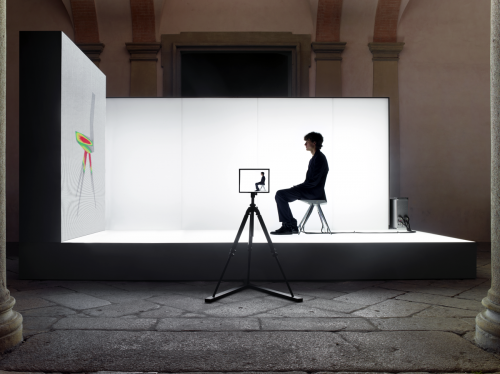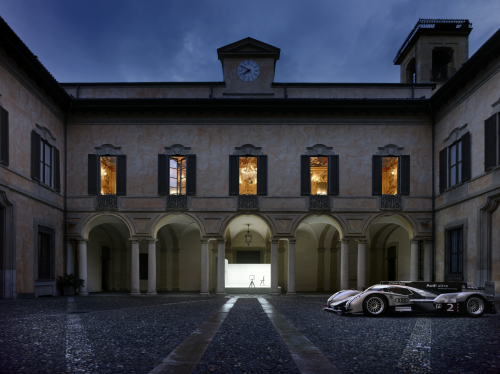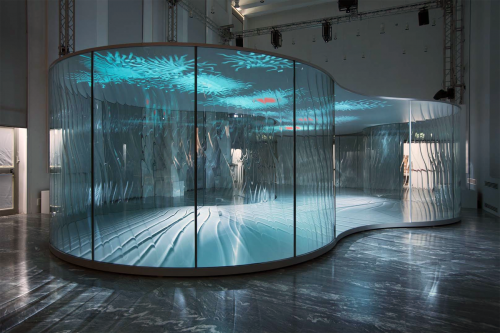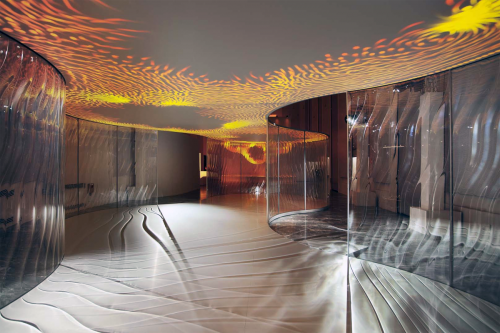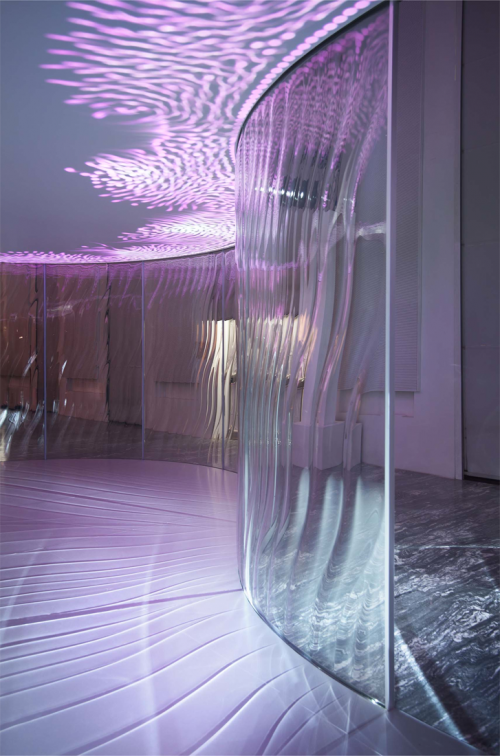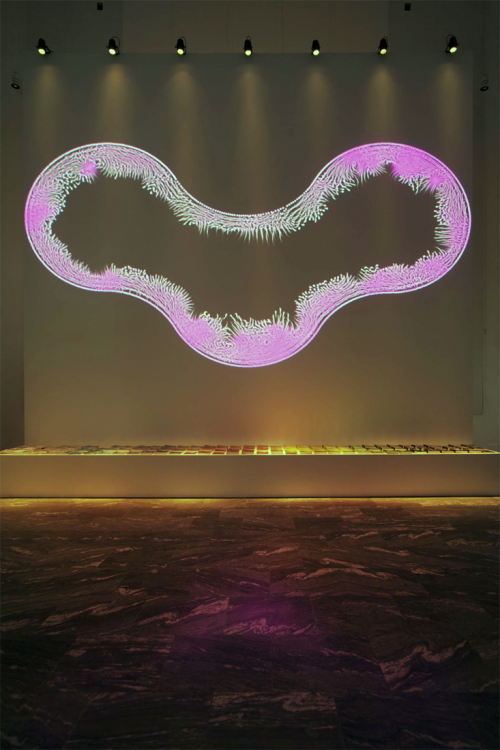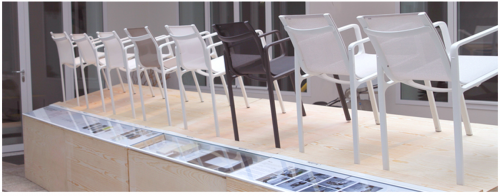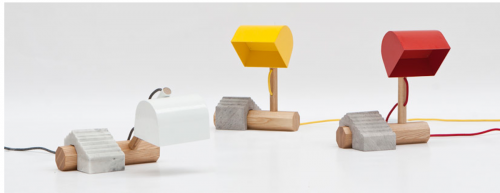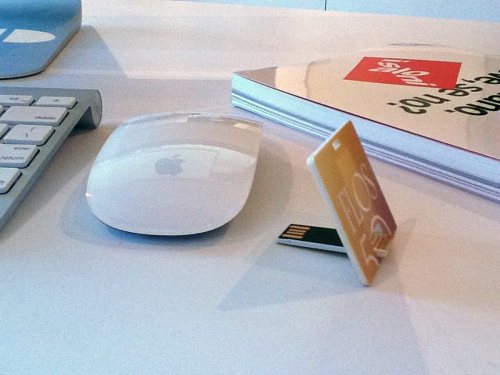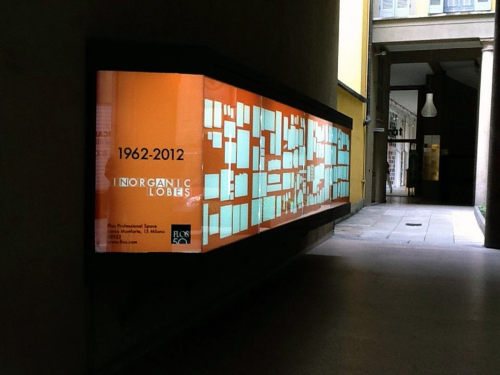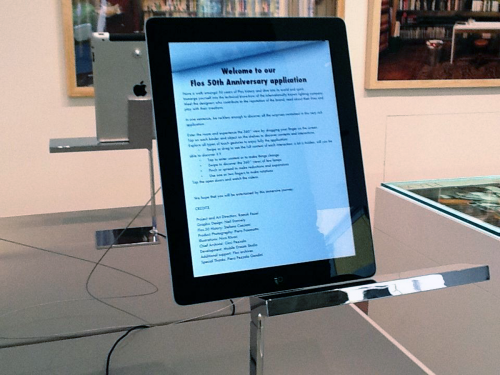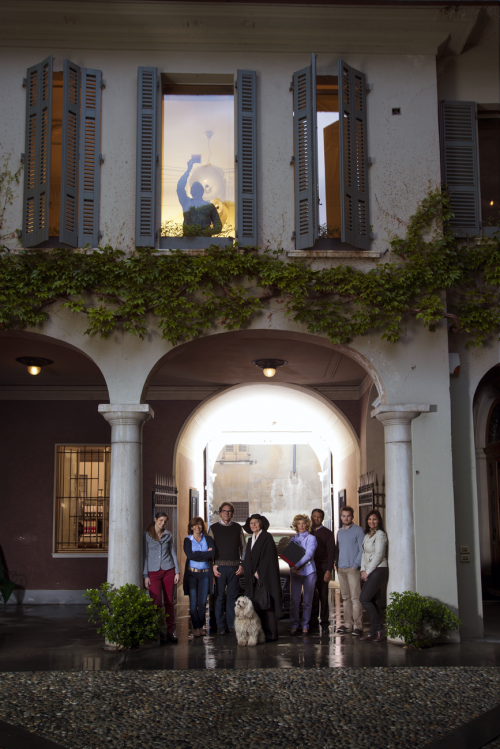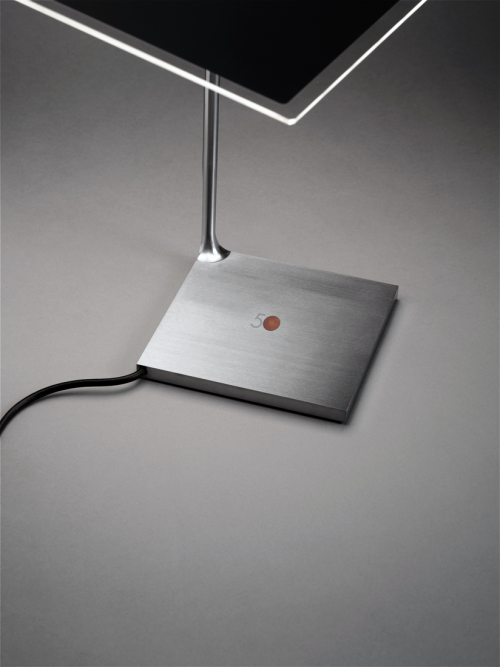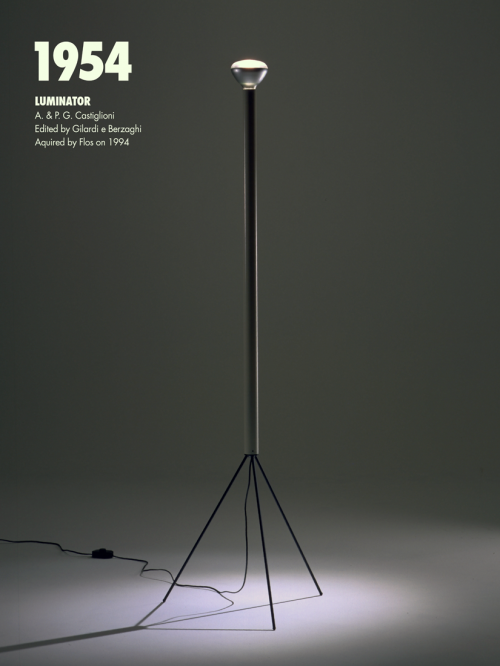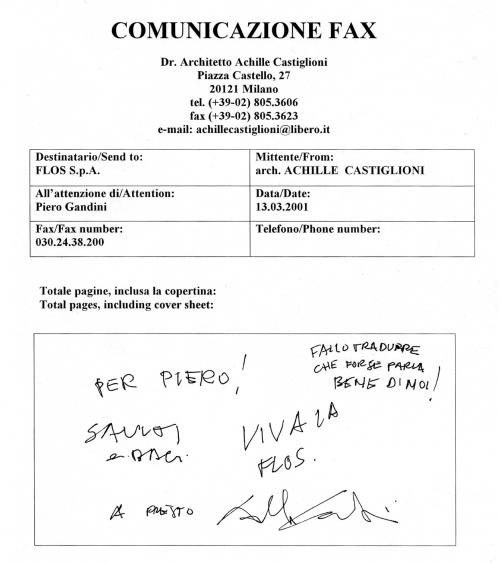Interview with designer cecilie manz. Milan 2012.
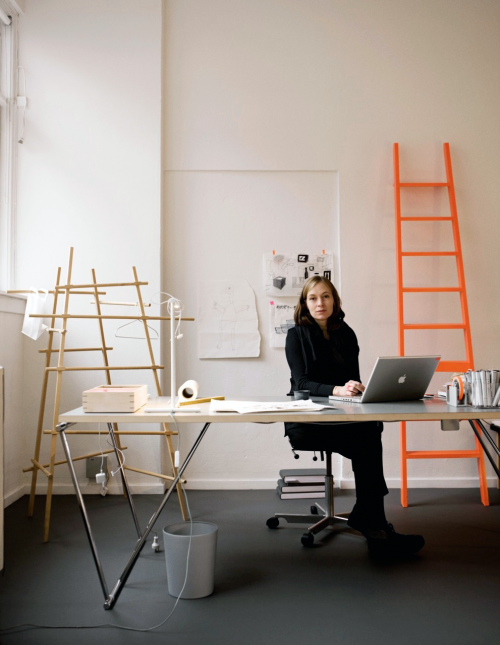
we meet danish designer cecilie manz at the friz hansen open house. this occasion is the introduction of ceclie’s new furniture series “minuscule” which she describes as a chair that could be used as a formal chair for informal meetings. a display deconstructs her concept and highlights the elements that comprise minuscule.
[ DesignApplause ] Cecile, please tell us about yourself, where you grew up and how you became a designer.
[ Cecilie Manz ] I grew up in the countryside where both my parents ( internationally renowned ceramicists Bodil and Richard Manz ) had a studio and workshop apart from our house. Their work was always present in our lives, therefore many hours were spent playing and helping out in the workshop. I felt that there were no expectations placed upon us. Maybe it’s because we just all went in the same direction. My brother became and architect and my sister a graphic designer.
[DA] Can you tell us about your work environment and how you do your work?
[CM] A duality plays a part in that I on one hand always try to minimize and simplify everything – and on the other just love objects. Collecting weird stuff anywhere I can find such things. The shops, the street, and I am attracted to their surface, color, their texture. Gift wrapping papers, postcards, books, cups, etc. And observing how they are made and constructed inspires me. You might say that my studio is both clean and a mess all at the same time. Drawing on paper and looking at cardboard models are important to me too, I’m quite old fashioned. But that’s my method; rather a quick model in 3D than a rendering that cheats you.
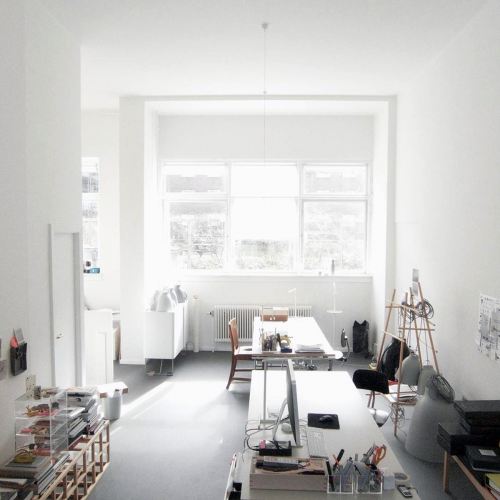
[DA] Do you have an over-riding design philosophy or is your solution tailored to each project?
[CM] Simplify’ is an important word, as well as ‘necessity’. Rather than creating something for no reason there needs to be a reason I can recognize in order to pursue something new.
[DA] What’s the inspiration behind the minuscule series?
[CM] The situations around a meeting: How are people meeting; how would they feel and sit comfortable and strong while sharing or negotiating.
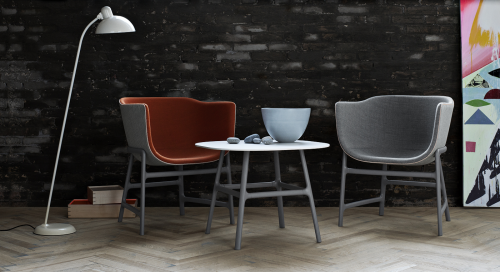
[DA] Can you describe your chair and the reasoning behind the shape, the structure, the materials?
[CM] The chair is quite traditional in its typology: four legs, upholstery shell etc. But the details are important: the clash between the industrial manufactured plastic leg frame and traditional hand stitched upholstery; a leather piping: not round, but made in our own way with full grain leather; the shell is kept as thin as possible without losing its comfort. It’s designed to be used as a formal chair for informal meetings.
[DA] What’s your experience at Salone? How does 2012 compare with past years?
[CM] Everything is less extravagant than 4-5 years back – a huge improvement in quality!
[DA] Did you find anything especially inspiring at Salone this year?
[CM] The Japanese Creative exhibition. The Creative was developed after the 2011 earthquake and tsunami. The presented theme was ‘simple vision’ expressing Japan’s past generations in a contemporary visual interpretation through collaborations with Japanese designers and international designers as a means of getting individuals to rethink and redefine the role of design in our lives. It was brilliant.
[DA] minuscule is your second project with Fritz Hansen. Your first was the Essay table, a simple and classic execution.
[CM] We did the Essay table 2 years ago. It’s a solid wood table consisting of of two bases and a table top, without aprons, bars or other unnecessary elements. Yes, Essay seems timeless in it’s simplicity. The table possesses the sensibilities of my Nordic being and a Japanese influence.
[DA] What are ingredients in Japanese design that are inspiring?
[CM] I lived in Japan for a bit and return now and then. I always liked their aesthetics but I own a respectfulness of their culture and craftsmanship. Japan is a complex place where simplicity and the chaos of their big cities and sensitivity co-exists. Those ingredients move me.
[DA] You mention creating objects that can accompany you through all the different phases of your life and can be passed on. Are you interested in creating a more disposable object? I saw a cardboard thumb drive and there’s disposable phones. Are you interested in the disposable category or are there any such objects you like?
[CM] I haven’t experienced working in the disposable industry but would if I had the chance. This whole field of sustainability is a jungle and there’s a lot of hype and fake-sustainability. If done right, of course it’s interesting and the right choice. But a traditional ‘sustainability’ – to do quality in quality design that lasts is also a good choice. This is at least what we tried to do with minuscule.
[DA] What’s next?
[CM] A new lamp, some products and furniture.
[DA] Ok, we’ll be on the lookout for those as well as looking forward to seeing your sketches.
[ vitals ] Cecilie Manz was born in the Odsherred region of Denmark. As the child of parents occupied with art and design, designing always formed a natural part of her life. She chose design as her living when she began studying at the Danish School of Design in 1992. Her great interest for function and conceptualization took her further as an exchange student to Helsinki where she attended the Finnish University of Art and Design. In 1998, a year after she graduated from the Danish School of Design she started her own studio, Manz Lab, the centre of her work ever since.
[ cecilie manz ] [ b&o ][ fritz hansen ] [ holmegaard ] [ lightyears ] [ mooment ] [ muuto ]



